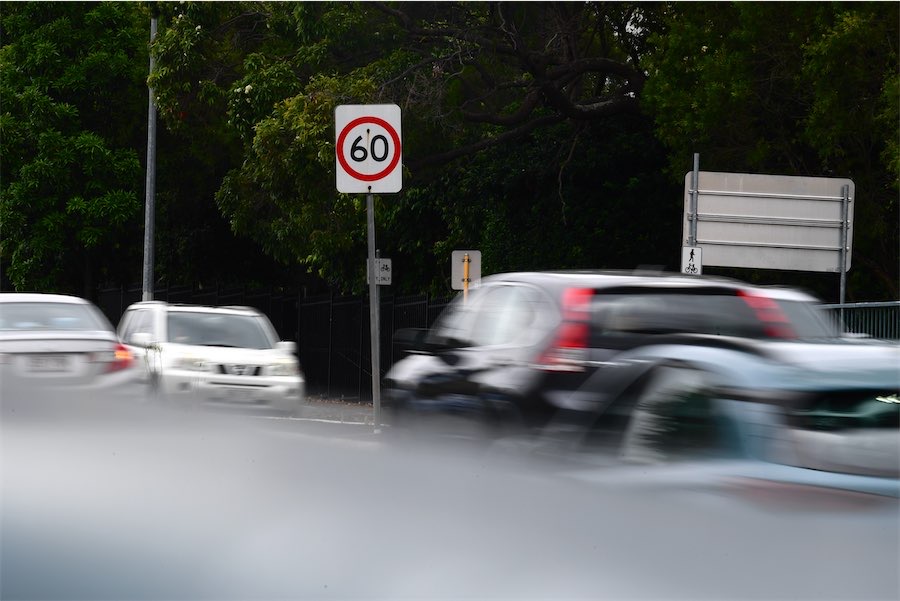
By Maeve Bannister and John Kidman
An ambitious plan to halve the number of Australian road deaths is in tatters, with a fourth consecutive national toll increase marking the worst result since the advent of seatbelts.
Some 1300 people were killed on the nation’s roads in 2024, up from 1258 the previous year and a 12-year high.
A landmark 2020 federal strategy to slash deaths by 2030 is “wildly off-track”, according to the Australian Automobile Association.
Instead of reducing fatalities by half, they have jumped 18.5 per cent in five years, its Benchmarking the Progress of the National Road Safety Strategy report reveals.
Although wearing a safety harness in the front seat of cars became compulsory in Australia in 1969 and were required on all seats by 1971, the toll has been increasing at a rate not seen since 1966.
No Australian jurisdiction is on track to meet its agreed targets under the strategy, says the association’s managing director Michael Bradley.
For many of the KPIs listed, governments are still to even collect the data needed to measure their progress.
The peak motoring body says politicians need to act to reverse the “road trauma crisis” by adopting a globally recognised road-quality assessment system as a tool to guide smarter road investment decisions.
“We must use data and evidence about crashes, the state of our roads and the effectiveness of police traffic enforcement to establish what is going wrong on our roads and create more effective interventions,” Mr Bradley said.
Unsurprisingly, the AAA research shows NSW had the highest 2024 toll with 340 deaths but the number of fatalities in nation’s most populous state was unchanged from the previous year despite the best efforts of authorities to stem the carnage.
The biggest year-on-year increases were recorded in Queensland (deaths up nine per cent), Western Australia (17 per cent), the Northern Territory (87 per cent) and the ACT (175 per cent).
The AAA is calling on the federal government to require state and territory governments seeking federal road funding to produce relevant road safety assessments as part of their applications.
The transparency will save lives and show Australians whether politicians are spending their taxes where they are needed rather than to win votes in marginal electorates, it said.
More than 450,000km of asphalt has been assessed using the Australian Road Assessment Program five-star safety rating system, which uses engineering and other analysis to identify which roads most need safety upgrades.
While not made public, state and territory governments in 2024 agreed to end years of secrecy by publishing a range of data on the federal government’s National Road Safety Data Hub.
“This critical data must be embedded into the road funding allocation process so investment can be prioritised to our most dangerous roads,” Mr Bradley said.
“Australia’s rising road toll underscores the importance of using road condition data to direct road funding, and to prevent the politicisation of scarce public funds.”
Who can be trusted?
In a world of spin and confusion, there’s never been a more important time to support independent journalism in Canberra.
If you trust our work online and want to enforce the power of independent voices, I invite you to make a small contribution.
Every dollar of support is invested back into our journalism to help keep citynews.com.au strong and free.
Thank you,
Ian Meikle, editor









Leave a Reply